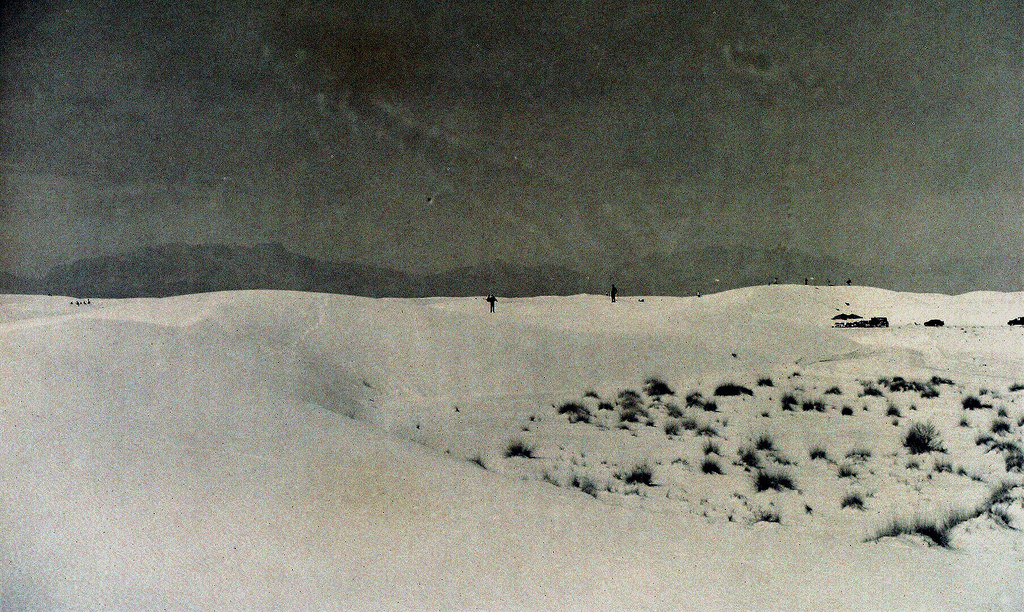Parashat B’midbar/ Shavuot
Numbers 1:1 – 4:20
Perhaps it is because the verse opens our reading and gives our Torah reading (as well as the entire book we begin this Shabbat) its name, B’midbar, that we do not notice how unique and strange the wording of this sentence is: “And the Eternal spoke to Moses in the wilderness of Sinai (-b’midbar Sinai), in the Tent of Meeting, on the first of the second month, in the second year since their leaving from Egypt, saying.” (Num. 1:1)
While the Torah tells us that “the Eternal spoke to Moses” countless times, it is very rare for the Torah to tell us where it is that God is speaking from. (I count maybe seven places altogether: We have the two verses that bookend Leviticus – Lev. 1:1 and 25:1. And the other 5 are in this Book of Numbers: Num. 1:1, and 9:1, then 20:23, then 33:50, and 35:1.) Most of these verses in this small set mention a specific place. But our verse says that God spoke “in the wilderness of Sinai.” That is a very big area! Moreover, the very same verse then says that it was in the Tent of Meeting that God spoke. Of course that is a very specific space. Why do we have both place specifications?
Moreover, we should note the contrast between these two specified locations. One is a vaguely defined, vast and open natural space – the desert. The other – the Tent – is an enclosure crafted by human hands. Yet, despite their contrasting natures, these two spaces both participate in a paradoxical relationship with human beings.
The wilderness is a place of desolation. Human experience of such a place is always seen as a dangerous challenge. Yet the Israelites are destined to meet that challenge and to walk right through that forbidding territory. The Tent of Meeting, on the other hand, though constructed by the people, is a space they have imbued with a sanctity that precludes human entry and traversal. It is a space that is more forbidding and more off-limits than any desert wilderness, although it is of their own creation.
Our Torah portion is concerned with preparing the Israelite people to embark on the trek through the howling wasteland. By organizing and following God’s direction, they have the power to handle whatever nature will throw at them. But it is also in their power to create sacred spaces that they themselves cannot control or breach. That power within us is greater and more terrifying than any desert wilderness.
Shabbat Shalom – Hag Same`ah
Rabbi David Greenstein
![]()
Subscribe to Rabbi Greenstein’s weekly d’var Torah
image: “Exploring the Desert” © Keenon Lindsey altered and used with permission via Creative Commons License
- Toby Stein: In Memoriam - Thu, Feb 8, 2024
- Faithfulness and Hope: Parashat Sh’lach - Thu, Jun 23, 2022
- Past Their Prime: Parashat B’ha`a lot’kha - Thu, Jun 16, 2022

